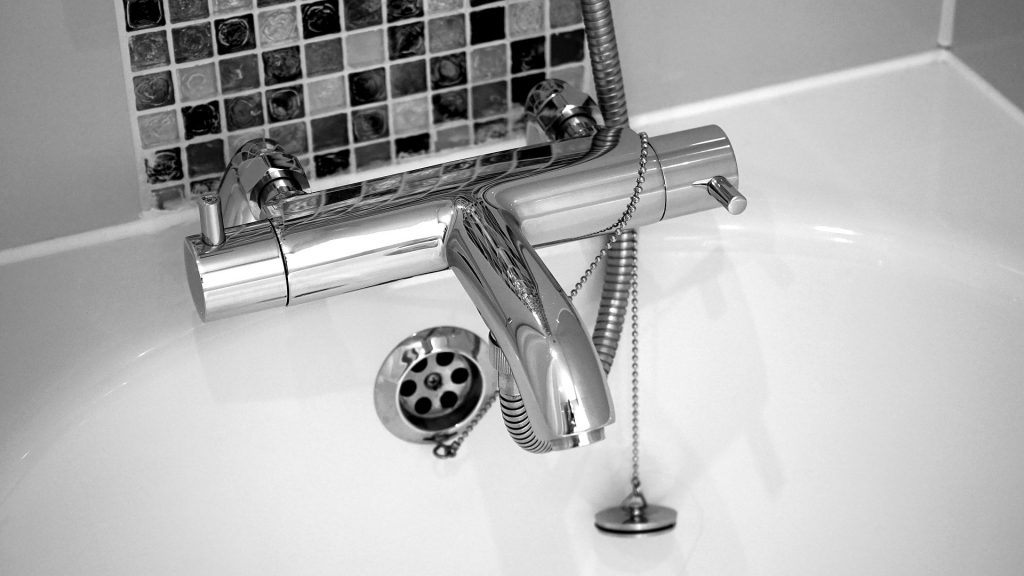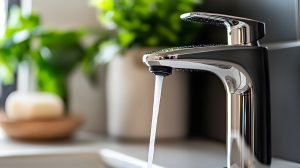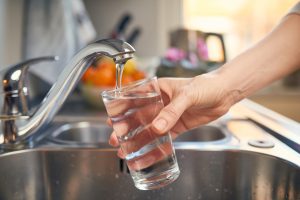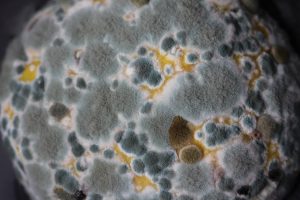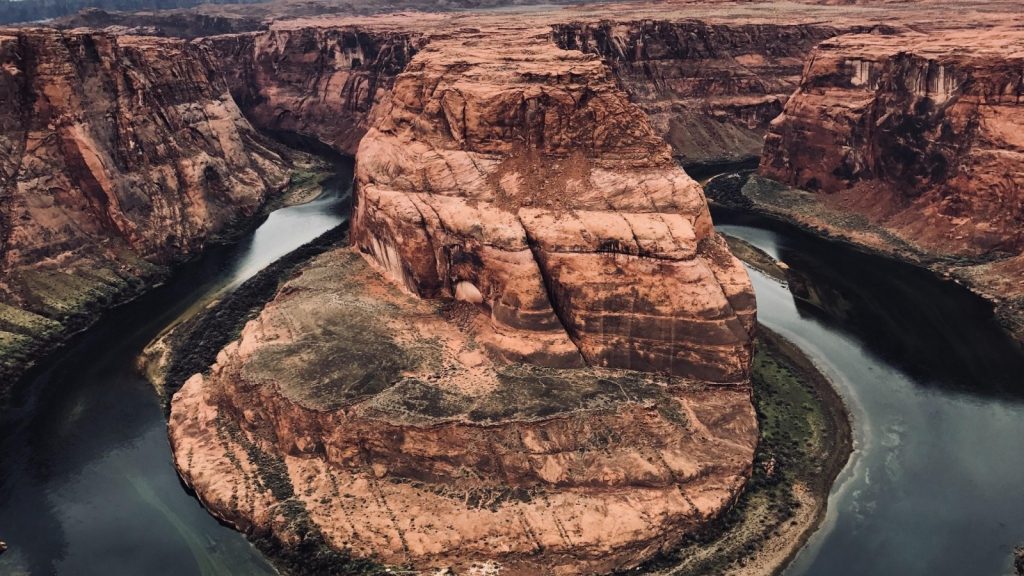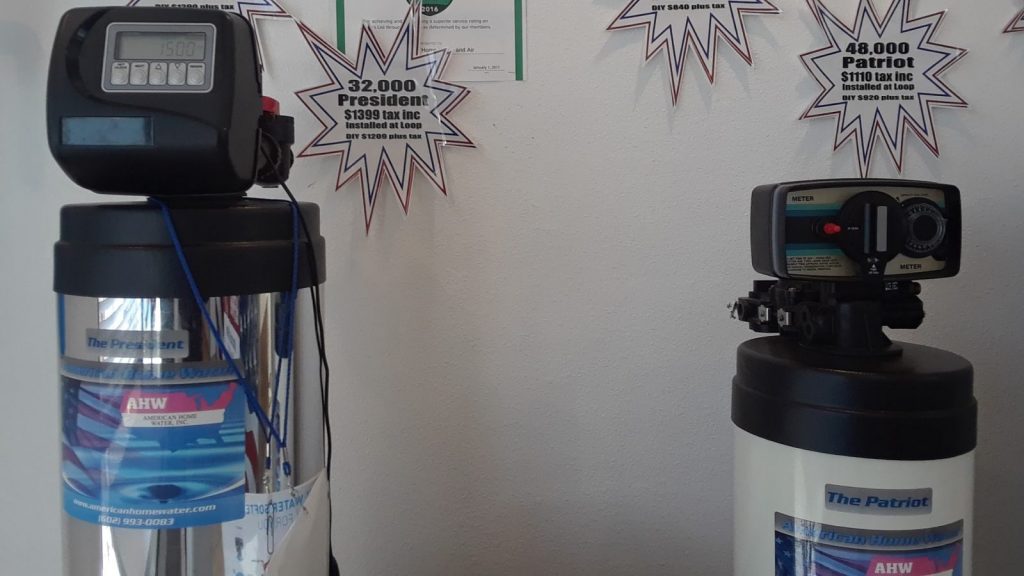A water softener is a primary appliance for any home, and when it is no longer able to remove water hardness, it will interfere with your daily activities. When you notice that your water doesn’t have the same quality as before, it could mean your device needs maintenance, repairs, or maybe it is only a common issue like a water softener clogged. In this article, we will focus on what to do when your water softener is clogged.
A clogged water softener is not something you need to worry too much about. This happens to even the best water softeners in the market, and it can originate from factors you can control, such as the weather. You can try different things to fix your clogged water softener, and the good news is that you can perform the majority of them with items you have at home.
The best way to know if there is something wrong with your water softener is by looking out for soap spots in your glasses or some growing scales on your house’s surfaces. It is important to remember that you can avoid any issues in your water softener with regular maintenance. However, even with frequent inspections through the year, it is probable that you will have to deal, at least once, with a clog in your water softener.
Before jumping to conclusions and diagnosing a clogged water softener, you need to make sure there isn’t another reason why your water softener stopped working. The first step you should take is checking what is wrong with your water softener.
Diagnosing the problem
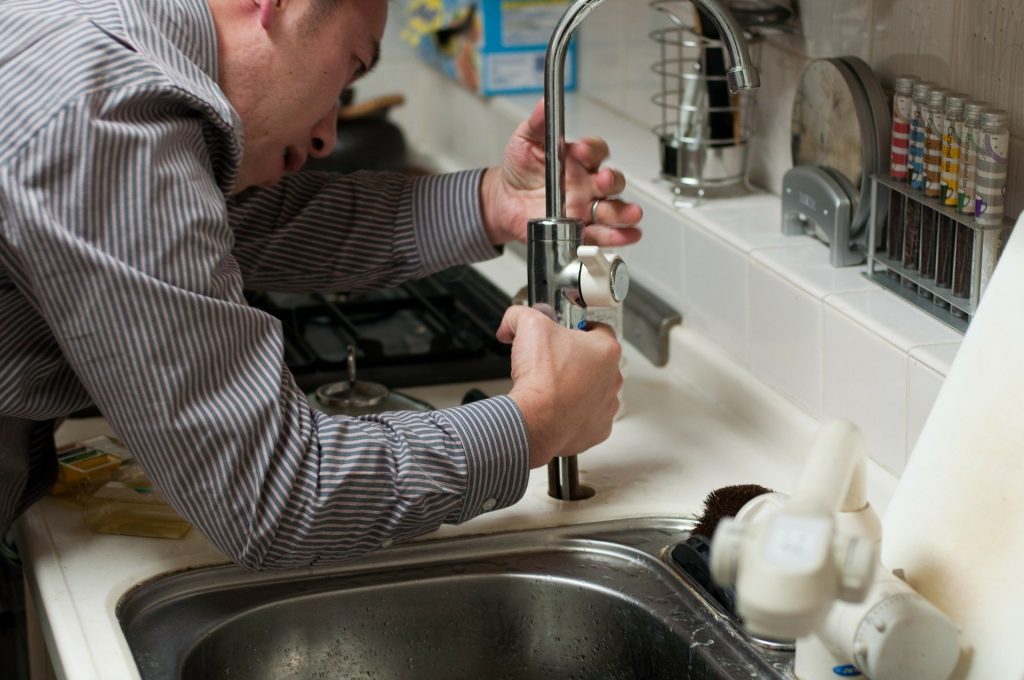
There are two kinds of water softener designs you can find either online or in your city’s stores. One of them is going to have two tanks. In the first one, you will have the resin beds responsible for trapping calcium and magnesium minerals from hard water. When these resin beds are filled, they will need cleaning. The brine tank will take care of that, ensuring you have soft water whenever you need it.
The other kind of water softener will have resin beds and the brine solution in the same tank. This means that both the regeneration process and the water softening happen in the same place. Here you can learn more about the types of water softeners in the market.
The main factor you need to keep in mind when diagnosing your water softener is its regeneration process. Depending on the kind of water softener you purchase, your regeneration process can be automatic or mechanical.
If you bought your water softener in the last few years, you probably have an automated system that keeps track of your water usage and regenerates when it hits a certain amount of litres. In case you have an older water softener, you will have to program the regeneration process when the company installs it in your home.
When the water softener is clogged, it is usually a salt mass in the brine tank that does not allow the water to flow, but that is not the only possibility. It could also mean the water softener drain is clogged or even the pipes. The best way to know what is happening is by keeping an eye on your water softener’s regeneration schedule.
Clogged water softener: How to fix it
If you notice an irregular schedule of regeneration and the water is not flowing through your brine tank. Your first thought might be calling your water company and getting it fixed right away. However, there are some things you can try at home before asking for backup.
Water Softener clogged with salt
This one is the most common type of clogging issue you will encounter. As you now know, you need salt in your brine tank, so your softener can undergo regeneration. In this process, these salt pellets allow your brine tank to create a brine solution to clean the resin beds.
Sometimes changing weather conditions and high humidity levels will affect the composition of the salt. When this happens, the salt will turn into a solid mass at the bottom of your tank, preventing any water from flowing through your tank and going back out with the brine solution. This will stop the regeneration process, and consequently, you won’t have any soft water at home.
Luckily, to solve a clogged water softener, you don’t need a professional. You can do it. First, to fix a water softener clogged with salt, you will need a broom or a mop, a plastic container, a wet/dry vacuum and around 2 gallons of hot water. When you have all the materials, just follow these simple instructions:
- When you open your brine tank, you will probably notice that the salt pellets look normal, but underneath there will be bridges of salt you need to break. To be able to reach the bottom, you need to turn off the water of your water softener.
- With the water turn off, take the bottom’s broom to use the handle as a stick.
- Insert the broom into the tank and tap the salt bridges to break them. If a broom doesn’t do the trick, try finding something else in your house, which is long enough to reach the bottom and heavy so it can destroy the mass.
- As you break the bridges, take the plastic container and put the small chunks of salt inside.
- Take the vacuum and remove all the water on the bottom of your brine tank. After, take the hot water and pour it over the salt left. Turn your softener back on and let it rest for four hours.
- Then program a manual regeneration for your tank. Once the process finishes, go in again with your broom and try breaking the bridges.
You might have to repeat these steps more than five times to get rid of the clog.
- The last step after the clog is gone, is filling again the brine tank with new salt pellets. If you are unsure about this amount, you can look at your user manual or call the company that helped you install it.
Water softener clogged pipes
Even when a salt clog is a recurring problem, you will find there could also be clogged pipes attached to your water softener. If this is the issue, you will notice that your brine tank’s water level is higher than it should be.
To clear these water softener clogged pipes, you will need to clean the valve injector. When your injector is clogged, it will prevent suction during the brine cycle affecting the regeneration process. Here, you will take out the injector and look through the hole. If you can’t see, then you will have to clean it with a pin or needle.
Water softener drain clogged
If the water you receive at home has high iron levels, you will likely have a clogged control valve. To identify this issue, you will need to check your brine tank and see if there is an overflow. If that is the case, clean the control valve. Now your water softener should be working again.
These solutions should be enough to fix your water softener. If it is still not running, you need to contact experts to come and take a look. Since your water softener is an appliance you use every day, you should learn how to take care of it. Remember that if you keep up a regular maintenance schedule, your water softener can last for years.


